The Sony VG-C4EM battery grip is designed for the Sony a7R V, Sony a7 IV, Sony a9 II, Sony a7R IV, Sony a7S III and the flagship Sony a1. In this post, I’ll walk you through the battery grip features, and then we will discuss whether it is the right purchase for your photography needs. Spoiler: This is not a useful accessory for everyone, but it is invaluable for some types of photography!
Table of Contents
Design and Features
We should immediately applaud Sony for using the same grip for all these cameras. It drives me nuts when other manufacturers constantly release new grips for every new camera, with only the slightest changes between them. While reviewing this grip, I learned that Sony knows how to make a battery grip, unlike Canon and Nikon.
Sony’s battery grips are designed to perfectly match the cameras they are made for. This means that the ergonomic improvements initially implemented in the a9 II and the a7R IV, then subsequently carried forward to the Sony a7S III, Sony a1, Sony a7R V and Sony a7 IV, are also brought forward to the VG-C4EM battery grip.
This means the handgrip is much larger, the AF-ON button is also much larger, and the AF point controller is a little larger, with a more textured surface. All excellent things.
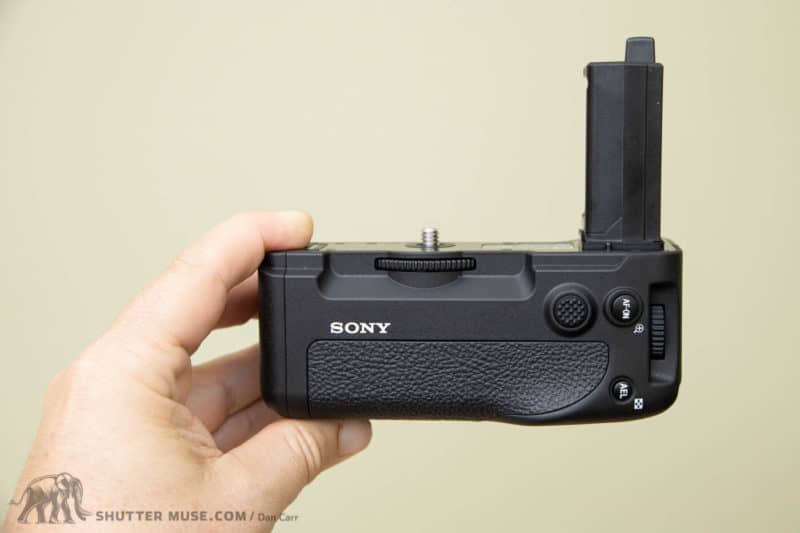
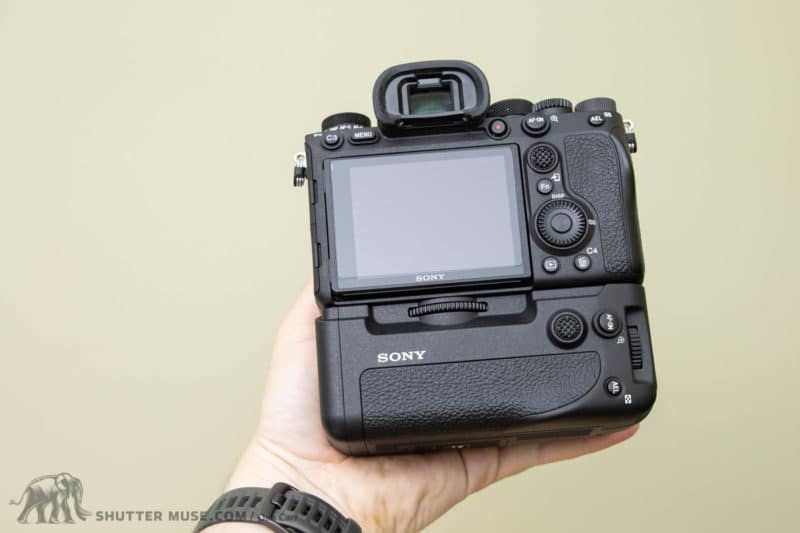
As someone who has used chiefly Canon battery grips in the past, I was delighted to find that the relative button placements on the VG-C4EM grip are identical to the button placements on the camera. In other words, things like the distance between the AF-ON button and the AEL button are identical on the camera and the grip. The vertical and horizontal offset of the AF-ON button is also identical so that the button always falls underneath your thumb in the same way as it does on the camera.
Now, you might think this is logical. Of course, it should be like that! And you’d be right. But as any Canon battery grip user in the last decade will know, apparently, it is not logical to everyone. For some reason, Canon likes to space out their buttons differently on the battery grips, meaning your fingers, through muscle memory induced by using the camera, often fall in the wrong place. As an ex Canon user, it was annoying enough that I didn’t even use their grips. And the less said about Nikon’s recent Z6 and Z7 grips, the better… they didn’t even put buttons on them at all.
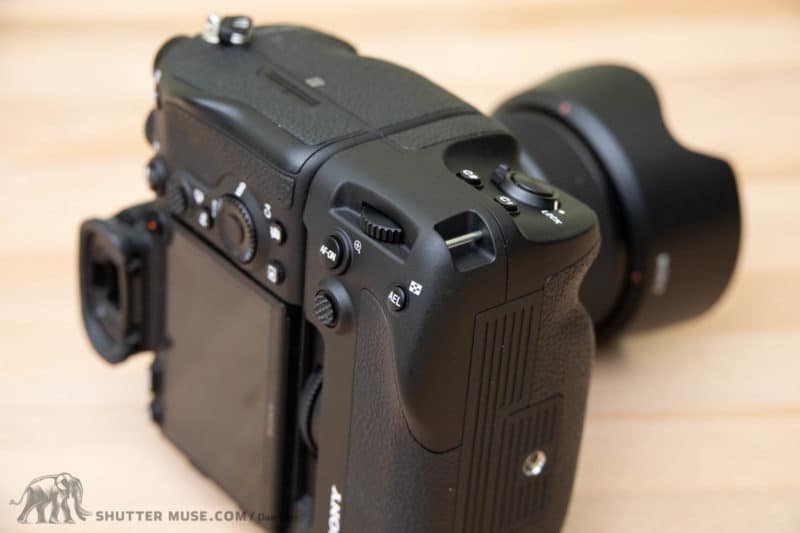

All of this means the grip is immediately comfortable and familiar. If your fingers know their way around the camera, they know their way around the grip when using it vertically. It’s by far the most comfortable camera grip I have ever used, and I include the built-in grips on cameras like the pro-body Canon 1D X series and Nikon D3/4/5 in that assessment. While I understand that grip size and comfort has a little to do with how big your hands are, I’d say that most people will find this very pleasing to use.
Batteries and Charging
The grip holds a pair of the NP-FZ-100 batteries, which again is a smart choice compared to Nikon, who use the D series (D4/5/6) batteries in some of their DSLR grips, thus forcing the photographer to own and carry two sets of battery chargers and battery types if they want to switch back and forth between using the grip and not. Sony made all the right choices here.
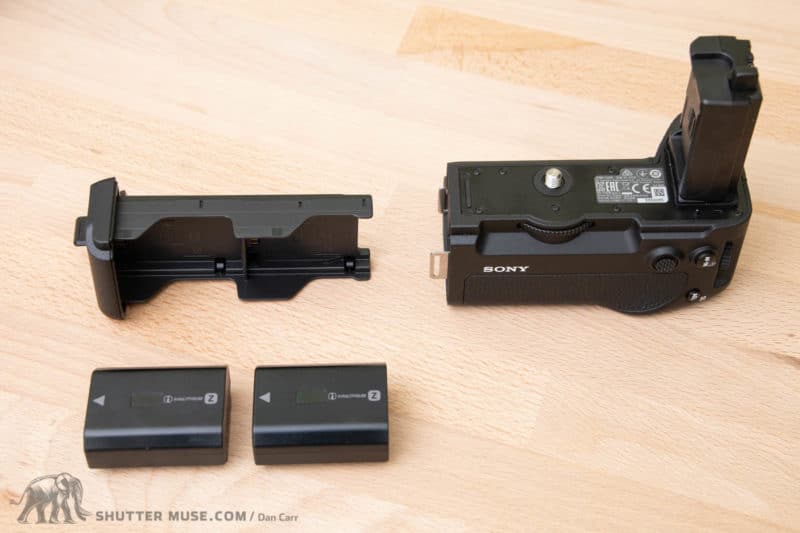
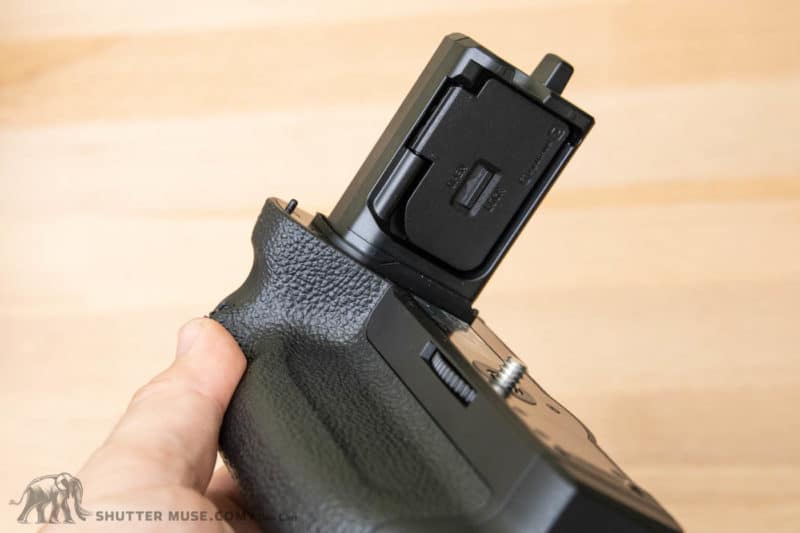
You can charge the batteries through the USB-C port on the camera, where it will first charge the most depleted battery and then move on to the second battery. Both battery levels are displayed individually on the camera screen or in the viewfinder, including accurate percentage levels if you’re using the official Sony versions of the batteries.
In use, the camera first depletes one battery and then the other, with a small arrow indicating the currently-in-use battery on the LCD screen. This is good because as one battery dies, you can take note of that and quickly swap in a replacement at some point. It means you never get to a situation where both batteries have to be simultaneously dead, as long as you have at least one additional battery that you have on charge outside the camera.
For me, this works well. I simply keep a third battery in my camera bag with Sony’s BC-ZD1 USB-C charger and an Anker 10,000 PD USB power pack. When the camera isn’t in use, I plug the pack into the camera. When it is in use, I’ll usually put the third battery on charge in the handy USB charger, which I can also use in my car if I’m driving.
While I’m happy to see that the batteries can be charged over USB, this is the one area where I think Sony missed a trick. If they had also included an additional USB-C port on the grip itself, you could then use it to charge a pair of batteries while it was not in use. It’s a minor thing, and I don’t know of any other brands that allow that either, but it is an idea for the future, eh Sony? (Update: Nikon added this feature to its Z8 battery grip)
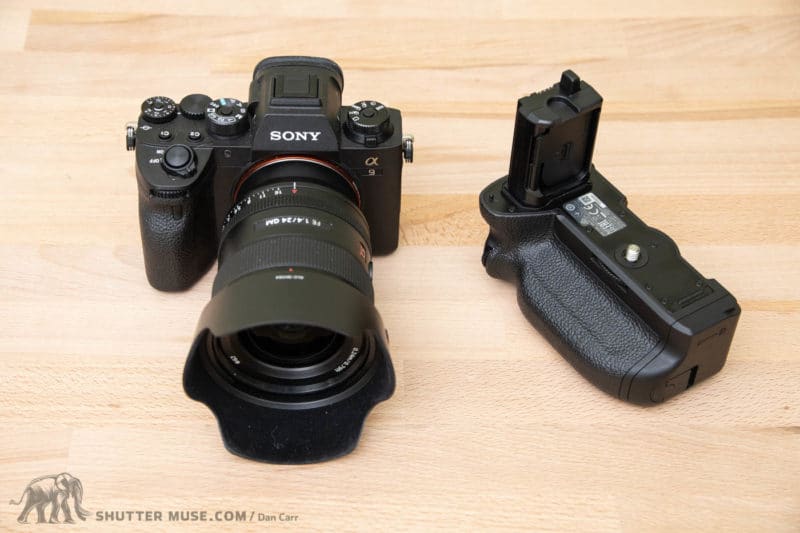
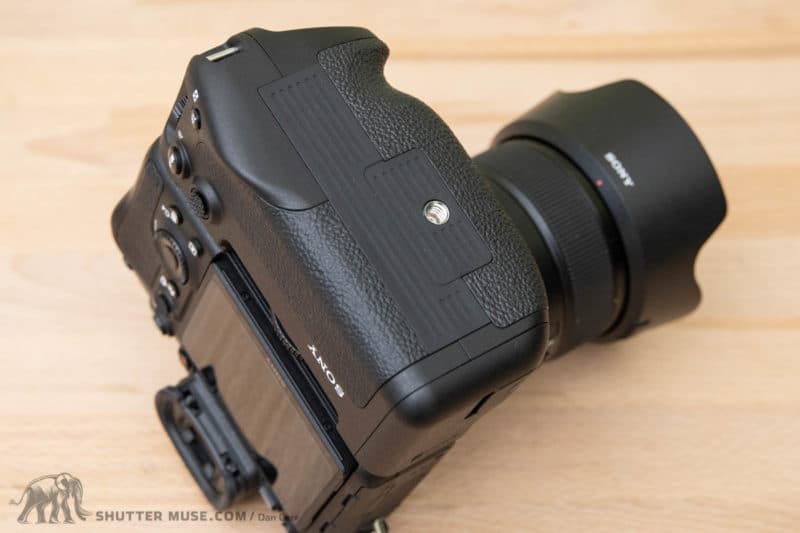
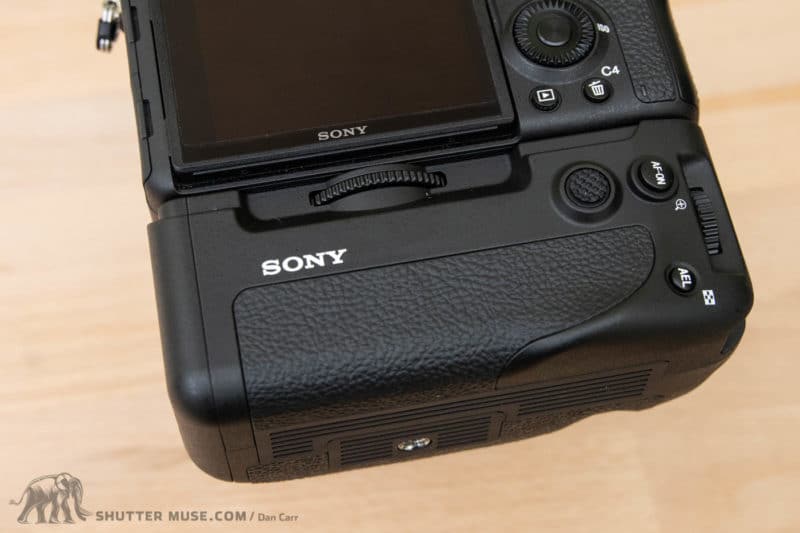
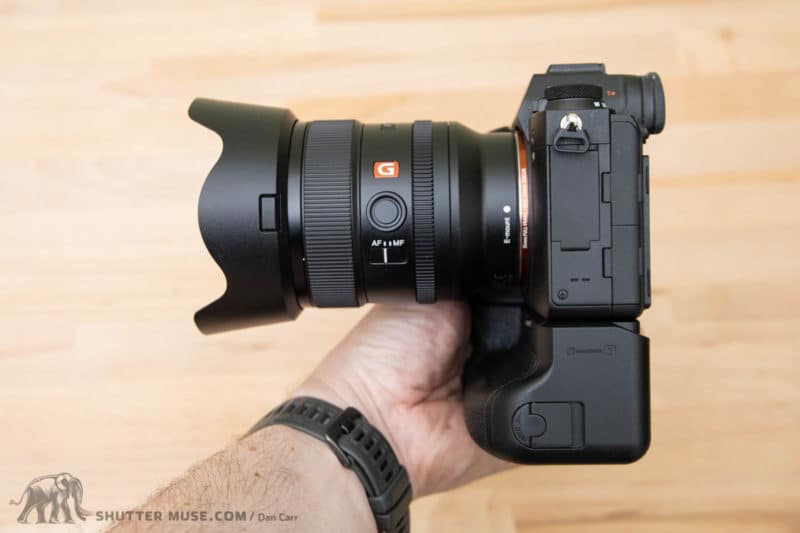
Battery life with the grip
There are many variables at play when discussing battery life. Although there are CIPA standard battery ratings, these are only really useful for comparative consideration and never actually show a proper indication of the number of photos you could take with a camera. Just as an example, the CIPA photo rating for the Sony a9 II is 500 shots, but I can regularly get over 4000 images on a single battery in my own a9 II when shooting bursts at 20fps. CIPA ratings do not take into account burst performance at all.
Can you use the CIPA ratings at all, then? They are helpful for comparisons. For example, the CIPA standard rating for the Sony a1 using the viewfinder is 430 shots. The a1 uses the same battery as the a9 II, so we can immediately see that that a1 is a little more power-hungry. You should expect to get fewer shots on a single battery in an a1 than you could in an a9 II.
But what about battery performance in the battery grip? With Sony deciding to deplete one battery in the grip at a time and not draw from them simultaneously, this is quite simple. You should expect to see precisely double the battery life when using the VG-C4EM grip. If you wanted to find an absolute minimum answer to this, we could double the single battery CIPA ratings as follows:
CIPA Standard Using viewfinder – With VG-C4EM Battery Grip
- Sony a9 II – 1000 shots
- Sony a7R IV – 1060 shots
- Sony a7S III – 1020 shots
- Sony a1 – 860 shots
- Sony a7 IV – 1040 shots
- Sony a7R V – 880 shots
CIPA Standard Using LCD – With VG-C4EM Battery Grip
- Sony a9 II – 1380 shots
- Sony a7R IV – 1340 shots
- Sony a7S III – 1200 shots
- Sony a1 – 1060 shots
- Sony a7 IV – 1160 shots
- Sony a7R V – 1060 shots
But remember what I said before. CIPA ratings are a very crude way to determine real-world performance. Just because the CIPA rating for the Sony a1 is 430 shots on a single battery does not mean the camera will die after just 14.3 seconds of continuous shooting at 30fps. The reality is that you will get somewhere in the 4000-5000 shot range on a single battery if you are shooting long bursts. This means that most of the cameras using the VG-C4EM battery grip will be capable of shooting upwards of 7000 shots on a pair of fully charged batteries.
Conclusion – Should You Buy It?
I think this is an absolute must-have accessory for sports and wildlife photographers using the Sony a9 II or the Sony a1. And I’m saying that as someone who initially didn’t think they would need it and used an a9 II without one for a couple of months.
Whenever I got myself in a situation where I was waiting for long periods with the camera in a vertical orientation, waiting for the action and the right moment, it became a real pain – literally and figuratively. In some situations where I was lying awkwardly on the ground waiting for wildlife, I know that I missed some shots because of the awkward way I had to hold the camera and large telephoto lens in the vertical orientation.
It’s not to say I wouldn’t ever shoot without a grip again. If I had to hike 20 miles to a location and needed to lighten my pack, it would be the first item to go. But for all other times when it’s no problem to fit in in my bag, it vastly improves the shooting experience when a good proportion of your images are being shot vertically.
If you’re primarily a landscape photographer (probably with an a7R IV or a7 IV), I don’t see much reason for buying this battery grip. With your camera mounted to a tripod a lot of the time, you won’t get the significant ergonomic benefits of the grip or need the capacity to shoot 4000 frames without swapping a battery. You’re also just adding weight to your pack while you hike around. Sure it looks cool, but it’s not a cheap accessory by any means, and your money will be much better spent elsewhere.
For portrait photographers, it’s going to be a more challenging choice. There’s always a lot of switching back and forth between camera orientations in those situations, so you will appreciate the grip comfort. But on the other hand, a smaller looking camera can seem a lot less intimidating to your subjects and help you make a better connection with them. With the grip on, it certainly feels more like you are hiding behind a camera.
When it comes to weddings, and when I think about being on my feet all day long with a pair of bodies on my shoulders, I would probably opt to go without the battery grips. The weight saving on a pair of them would be noticeable, and again, a smaller camera is way less intrusive and intimidating for people.
I think using the grip makes a lot of sense for a7S III users who are primarily shooting video from a tripod. 4K video shooting chews through batteries at a fierce rate, and having a pair of them in the grip makes it less likely you will run out of juice in the middle of a job.

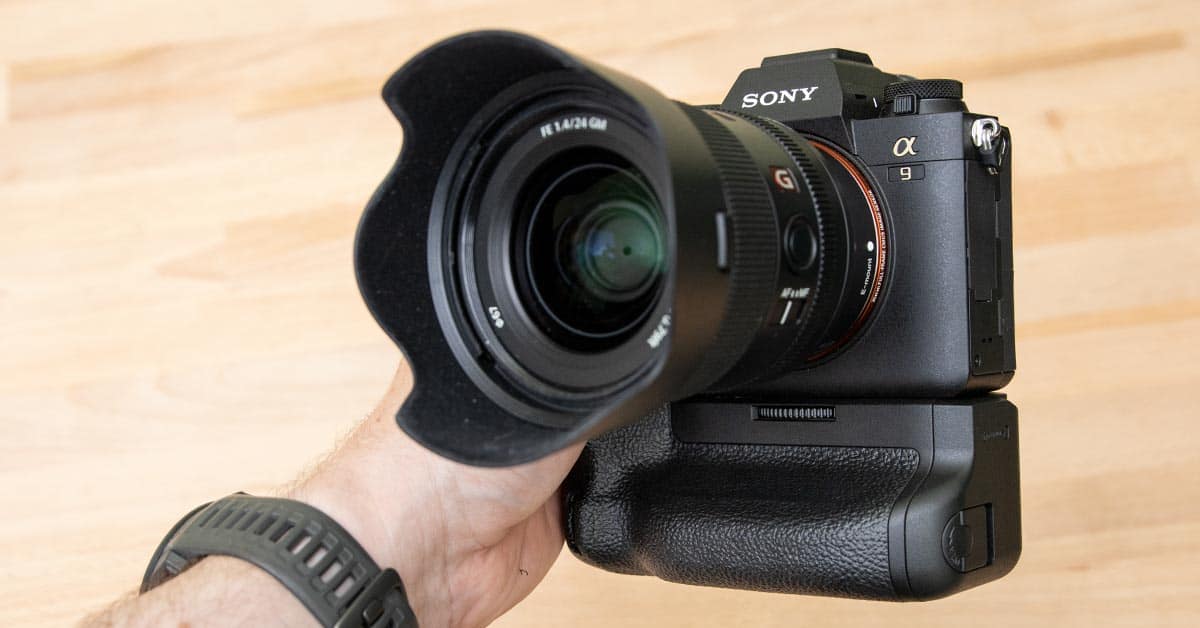
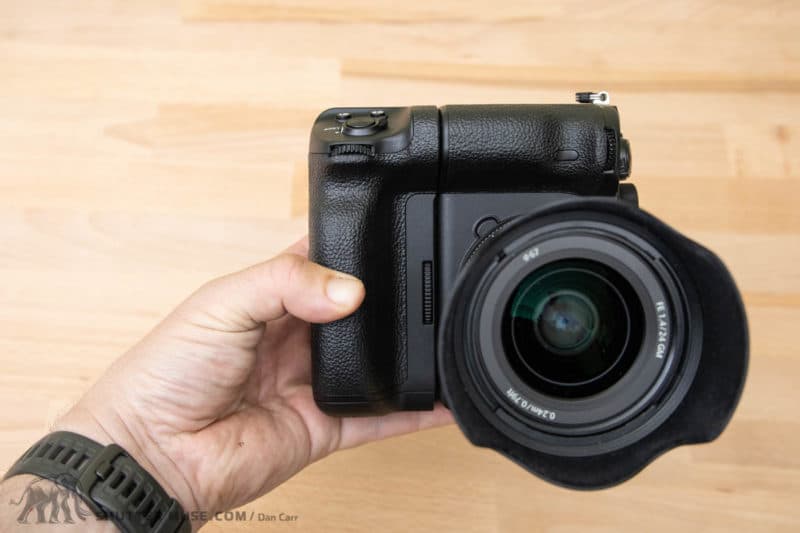
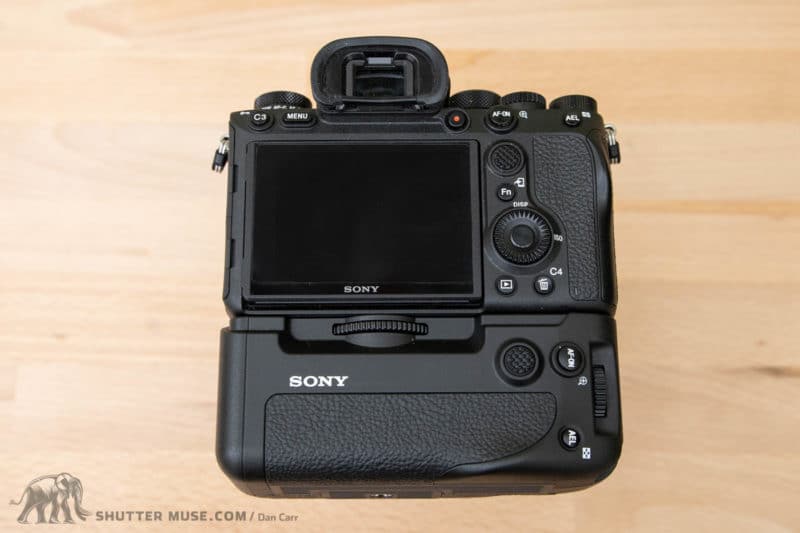
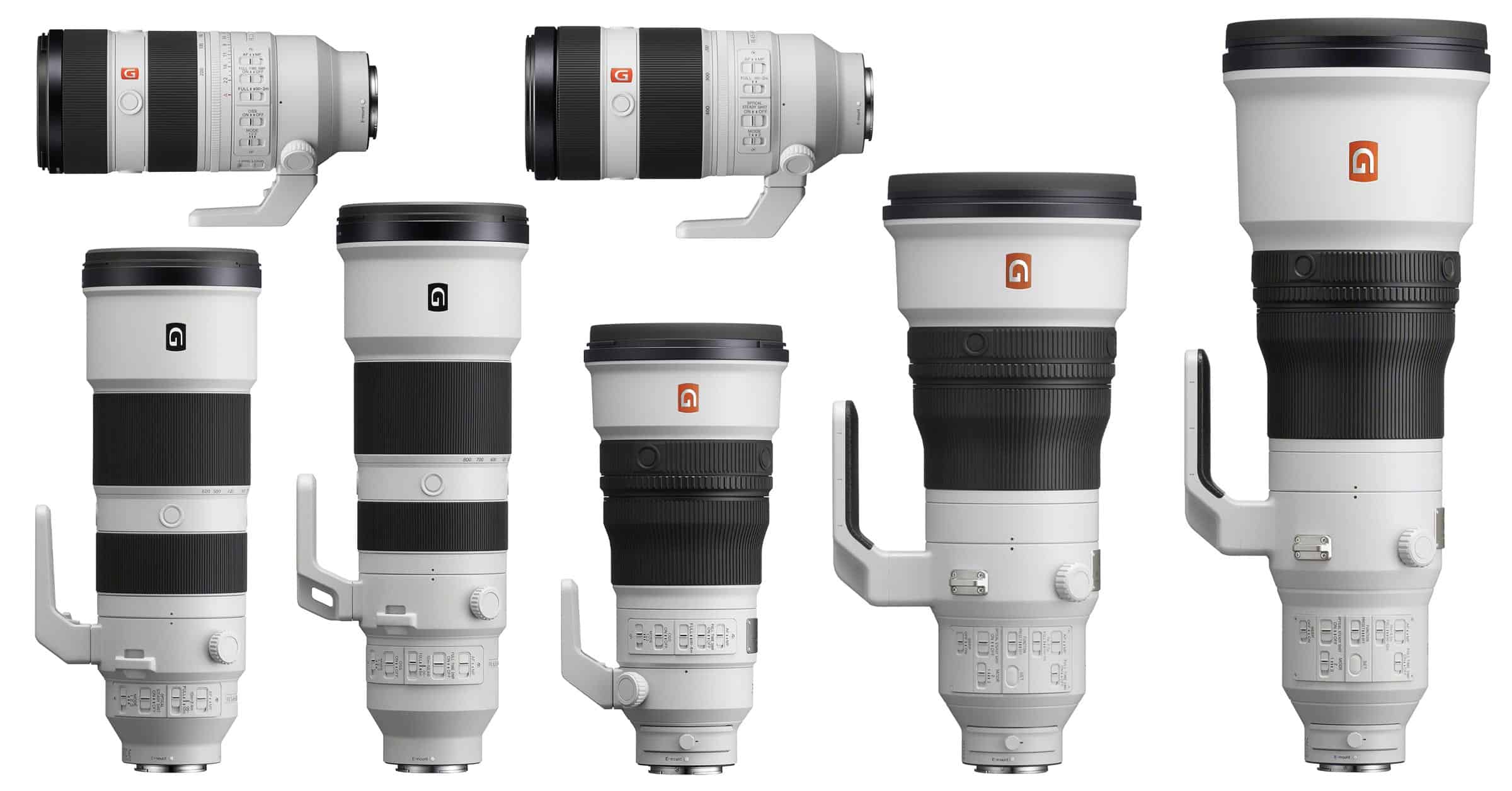

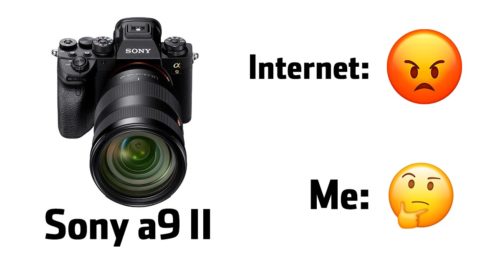
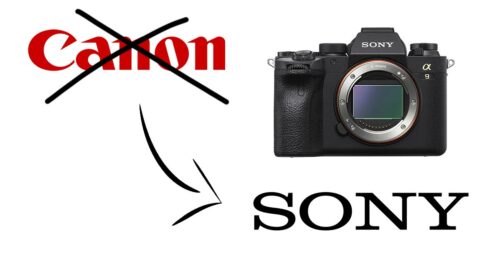
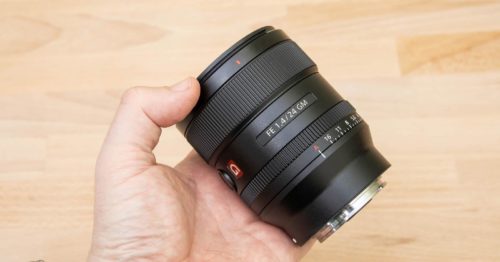
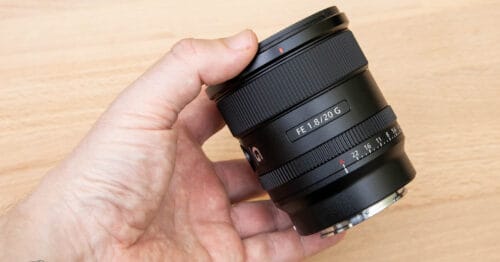
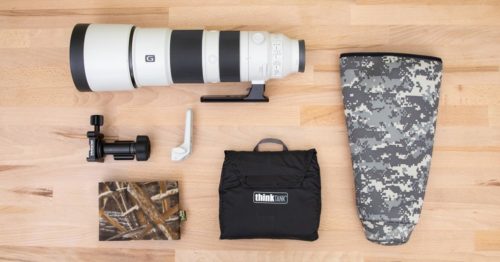
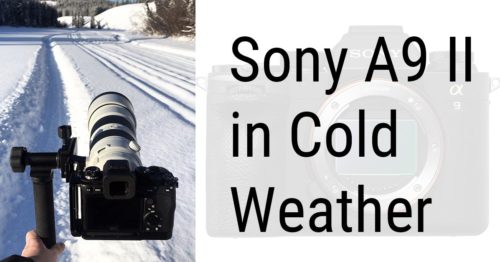
I actually bought the Meike brand for my A7r IV for half the price. Works great and has all the features of the Sony. I just started my hobby, so don’t have much experience.
My question is would I be able to use a L bracket with the battery extension? Thanks for all the reviews!! Helping me tons!
You can use an L bracket, you just need to find one that is designed to work with a battery grip. There are some universal ones out there from people like 3 Legged Thing and ProMediaGear. It is possible that you might have to remove the bracket to access the batteries, though. The only way to get around that is to buy a dedicated L bracket that was designed for that grip. Really Right Stuff make one, but it’s $250 so I’m guessing that’s not an option.
It’s been reported that the L-brackets made for use with the Sony battery grip do not work with non-Sony brand L-brackets. Meike users have confirmed that the tripod socket hole on the Meike is not in the same spot as on the Sony battery grip. Otherwise, Meike got very high ratings.
I meant to say L-brackets made for use with the Sony battery grip do not work with non-Sony brand battery grips.
Doesn’t surprise me. Brackets are usually made to very specific shapes. If the third-party battery grip is not absolutely identical to the Sony one, it won’t mount correctly.
Have there been any problems with grips not charging the batteries? I just bought an A1 and the batteries in the grip do not charge when a USB cable is plugged into the camera. Both batteries charge on the external charger just fine and the batteries show on the screen when being drained as to how much percentage is left in them. Very weird. When I used the grip on the A92 it was slow to charge from the computer but it always worked great. I never took either battery from the grip nor did I have the need to take memory cards out of the Camera. Very convenient. Hoping there isn’t something defective in the A1.
If just more grip is needed there’s the Sony grip extender or the same from SmallRig for the A9 (which works well enough on the A1).
Does anyone here notice a little “spacing” between the camera and the grip? My Canon did not have this. I can see just a little bit of light between the grip and camera and have tightened it as much as possible.
I have noticed this, but it doesn’t appear to make any difference to the rigidity or function of the grip/camera.
The grip doesn’t fit the A7IV or A7RV properly at all. The screw is too long and bottoms out before the grip gets tightened all the way down. Sony knows this but keeps selling it as “fully compatible”. I had to send mine in and they replaced the threaded screw that attaches the grip to the body with a shorter one so I could actually tighten it all the way. Out of the box it leaves a large gap and wiggles around preventing the rubber sealing from doing its job and allowing moisture and dust into the battery compartment. This being my first Sony mirrorless I’m not impressed with build-quality at all. If it didn’t focus as well as it does I would have returned the camera and grip.
That’s very strange indeed. I wonder if they did an inline update to the product to ship new versions with the shorter screw. I’ll have to try it with my a7RV. Thanks for letting me know.
Any updates on that Dan? I bought an A7IV and I’m wondering if the grip is fully compatible or not.